Certified Arborist Tree & Shrub Services
at an affordable price
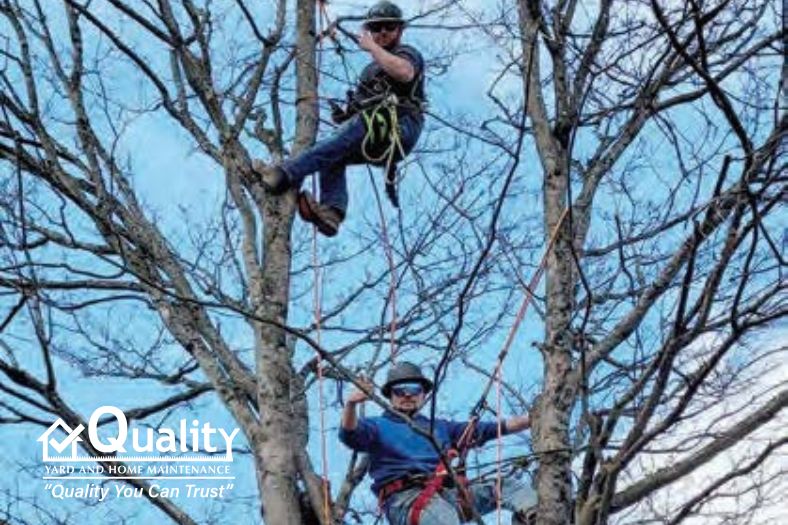
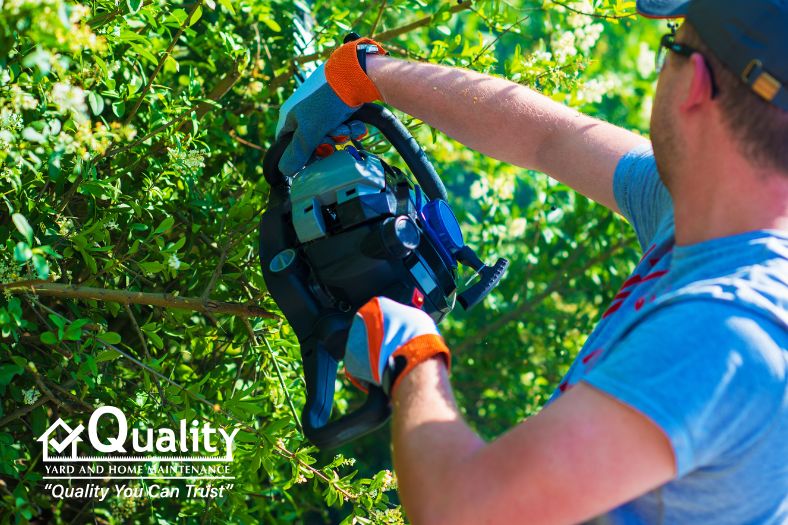
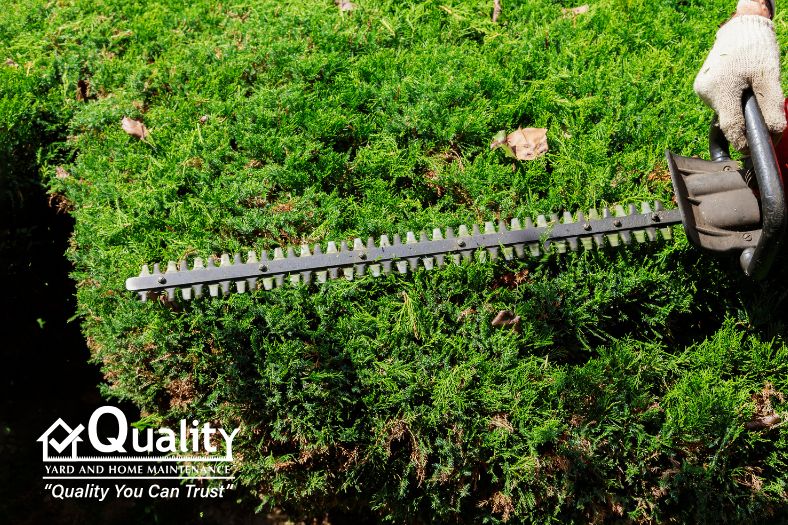
Tree & Shrub Pruning & Removal, Stump Removal & Grinding
The importance of tree and shrub care cannot be overstated as it encompasses several critical aspects that contribute to both environmental health and personal safety. Here are some key points that highlight the significance of proper tree and shrub care:
- Promotes Tree and Shrub Health
- Improves Safety
- Conserves Energy
- Essential for Young Trees and Shrubs
- Prevents Diseases
- Environmental Benefits
- Aesthetic Value
Tree and shrub care is a multi-faceted practice that not only ensures the health and longevity of trees and shrubs but also contributes to environmental well-being and personal safety.
Different Types of Tree and Shrub Services
It’s About what you want
Tree and shrub care involves various services that help maintain their health, appearance, and safety.
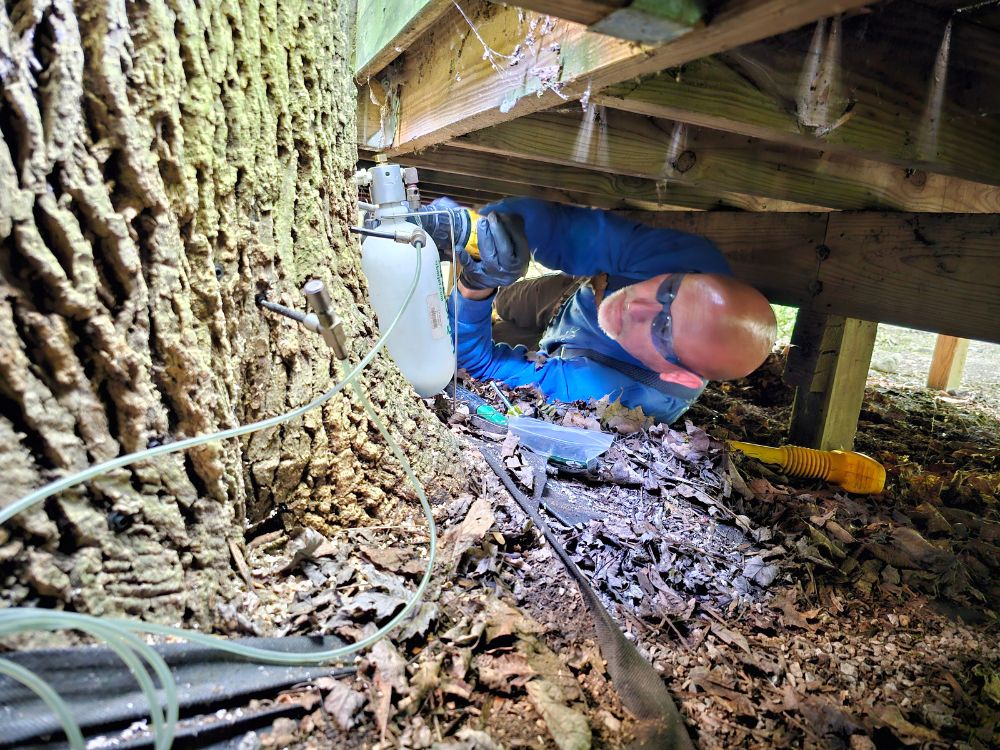
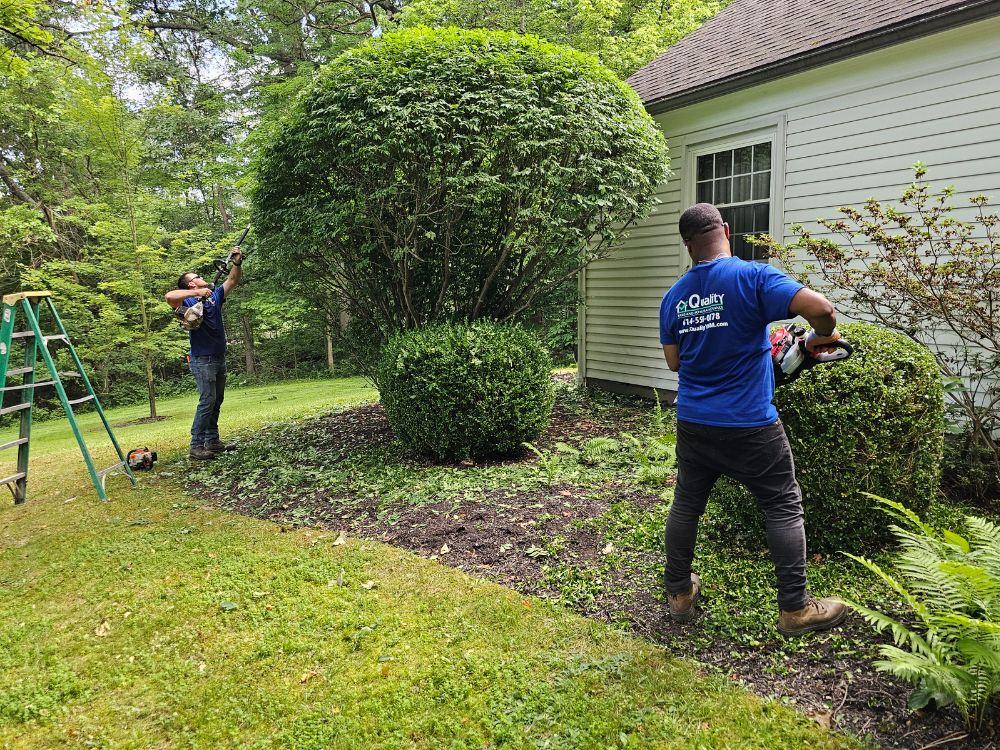
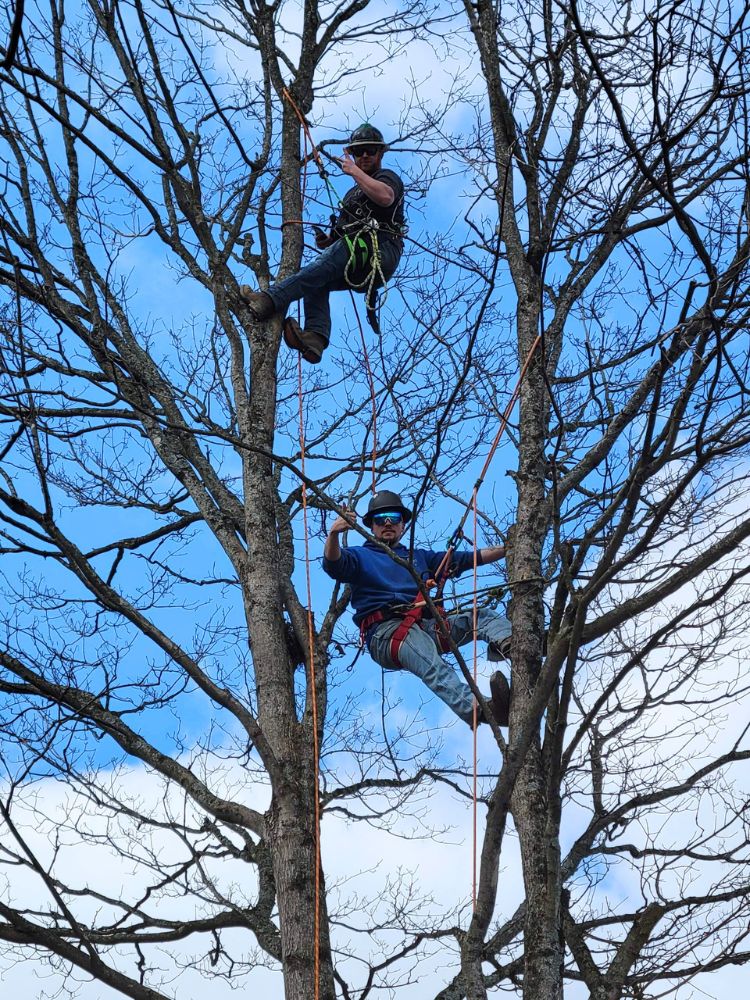
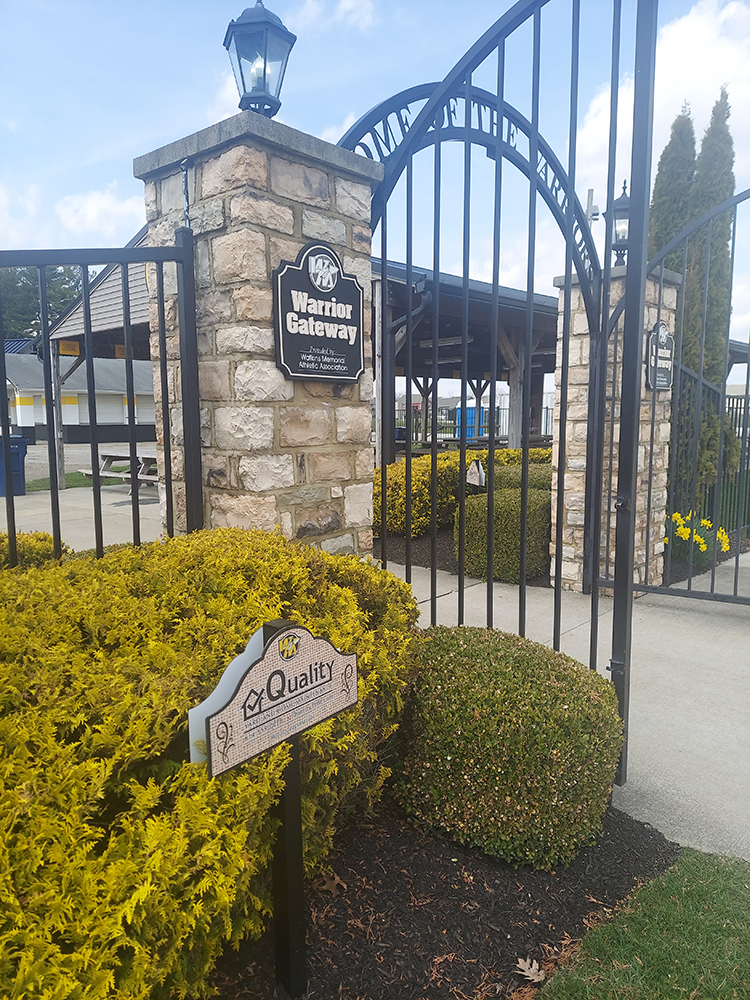
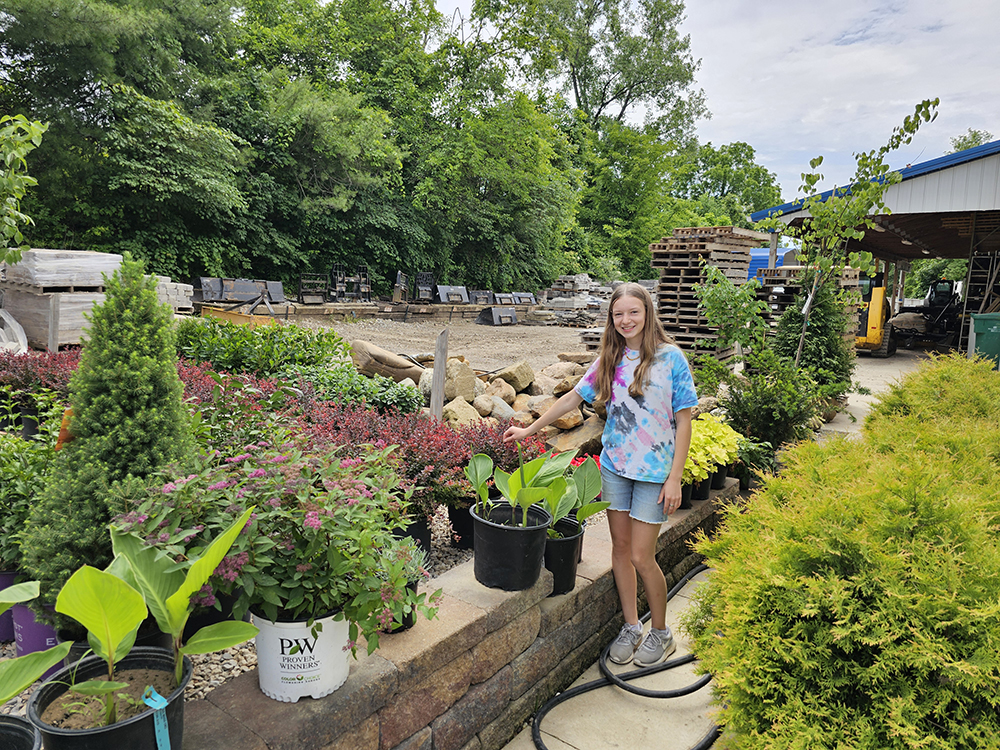
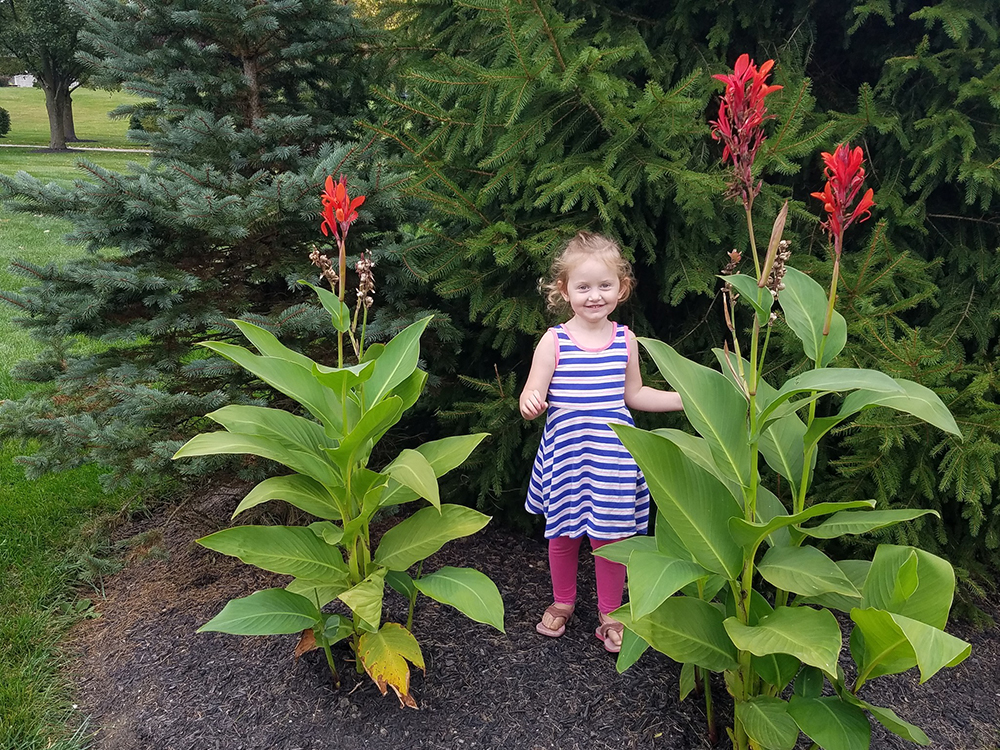
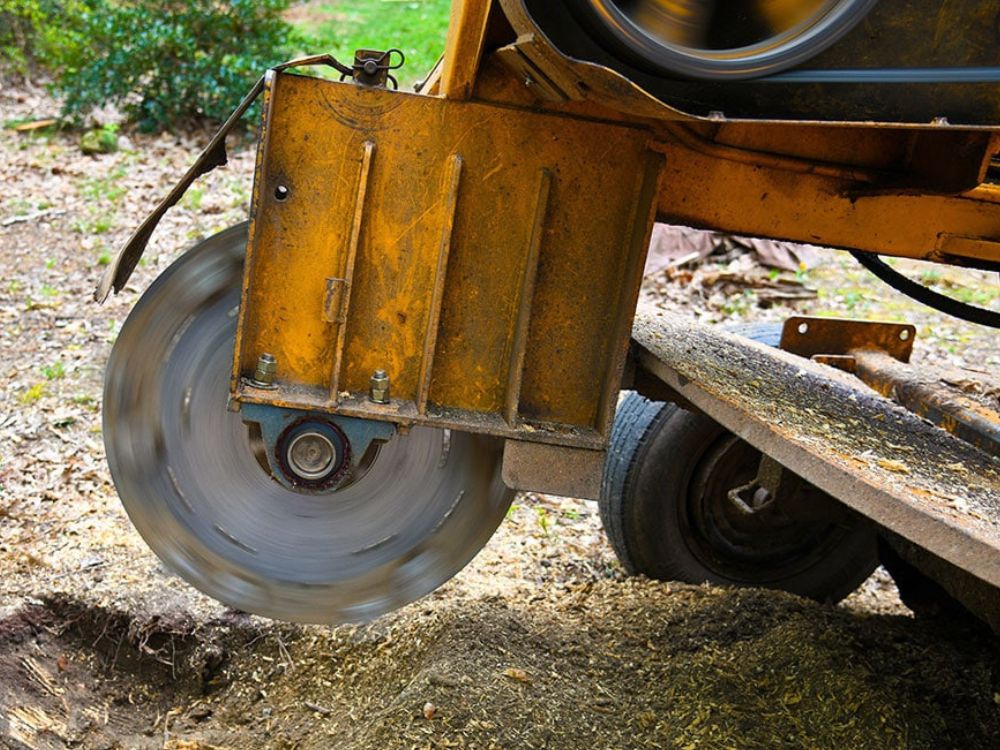
Tree & Shrub Removal
Stump Grinding and Removal
Tree and Shrub Trimming
Tree & Shrub Care
Tree & Shrub Fertilizer, Insect & Disease Control
Trunk Injections
Tree and Shrub Plant Install & Transplant
Emergency Tree Services
Arborist Consultations
Our Certified arborists can provide expert advice
We are happy to customize a program for your Tree and Shrub Care or Removal. It all starts with requesting a quote by calling our friendly team at (614) 559-0078 or request a quote online.
Specialty Tree Services
More details on the Tree services we offer
Tree Removal Services
Tree removal services are critical in managing urban and natural landscapes, ensuring safety and promoting ecological balance.
When is Tree Removal Necessary?
The Process of Safe Tree Removal
Assessment and Planning
A thorough examination of the tree and its surroundings is essential to plan a safe removal, considering factors like size, location, and nearby structures.
Using Proper Equipment
Professional tree services utilize cranes, chainsaws, and other specialized equipment to safely and efficiently remove trees.
Expert Execution
Trained professionals carry out the removal process, ensuring minimal impact on the surrounding area and adhering to safety standards.
Tree removal services are a blend of technical skill and environmental stewardship, balancing the needs of urban development with the preservation of natural habitats.
Emergency Tree Services
In the realm of tree care, emergency tree services stand out as a critical and often lifesaving aspect. These services come into play under unforeseen circumstances where trees pose an immediate threat to safety, property, or infrastructure. Whether it’s due to severe weather conditions like storms and high winds or unexpected tree failure due to disease or age, emergency tree services provide rapid, efficient, and professional responses.
Handling Tree Emergencies involves a team of skilled arborists and tree care professionals equipped to deal with hazardous situations. They are trained to assess the risk, determine the best course of action, and execute the removal or stabilization of trees with precision and care. This responsiveness is crucial, especially when trees fall on homes, cars, power lines, or block roadways, posing imminent danger to people and property.
Understanding Emergency Tree Services
Handling Tree Emergencies
This involves a team of experienced arborists who are equipped to manage hazardous conditions. They assess the situation, decide the safest approach, and swiftly execute the removal or stabilization of the tree, prioritizing public safety and property protection.
Importance of Quick Response
Quick action is essential in emergency tree situations, especially when trees obstruct roads, fall on structures, or interfere with power lines. The rapid response prevents further damage and reduces the risk of injury.
Preventative Measures
Regular maintenance, including health assessments and pruning, plays a key role in minimizing the risk of tree emergencies. By maintaining tree health and structure, the likelihood of unforeseen incidents is significantly reduced.
24/7 Availability
Many tree service companies offer round-the-clock emergency services, ensuring that help is always available when needed. This 24-hour availability is crucial for immediate response to tree-related emergencies.
Emergency tree services are a blend of expertise, rapid response, and preventive care, essential for maintaining safety and mitigating risks associated with trees in urban and natural environments.
Tree Trimming and Pruning
Tree trimming and pruning are essential practices in tree care, offering numerous benefits for both the trees and their surrounding environment.
Benefits of Regular Trimming
Best Practices for Trimming and Pruning
Right Timing
It’s important to trim and prune trees at the right time of year. For many trees, the dormant season is ideal as it minimizes the risk of pest infestation and disease.
Proper Techniques
Employing correct pruning techniques is crucial. This includes making clean cuts at the right angle and position to promote healthy growth and prevent damage.
Professional Assistance
For large or complex trimming tasks, it’s advisable to seek professional help. Expert arborists have the right tools and knowledge to safely and effectively carry out the job.
In summary, tree trimming and pruning not only maintain the health and safety of trees but also contribute to a pleasant and safe outdoor environment.
Stump Grinding and Removal
In the world of tree care, stump grinding and removal stand as essential services, often following the process of tree removal. While the tree might be gone, its stump remains, serving as a lasting reminder of what once stood there. This is where stump grinding and removal come into play, transforming the landscape and reclaiming the space for new growth or aesthetic purposes.
Stump Assessment
Stump Grinding vs Removal
However, in some cases, complete stump removal might be necessary. This is particularly true when the space is required for new construction or landscaping projects. Complete removal involves excavating the stump along with its root system, a more labor-intensive and invasive process.
Enhancing & Promoting
Whether it’s grinding or complete removal, these services not only improve the aesthetic appeal of a property but also eliminate potential hazards. Stumps can be tripping risks, attract pests, and even become breeding grounds for fungi and diseases. By removing them, you’re not only enhancing the look of your space but also promoting a healthier environment.
In summary, stump grinding and removal are vital services in the realm of tree care, offering both practical and aesthetic benefits. They complete the process of tree removal, ensuring a clean and safe landscape for future use.
Tree Planting and Relocation
Tree Planting and Relocation are integral services offered in the domain of tree care and landscaping, reflecting a commitment to both environmental preservation and urban development. These services embody the symbiosis between nature and human spaces, ensuring the growth and sustainability of green areas in our communities.
Tree Selection
Tree Planting Techniques
Successful Tree Planting Techniques focus on ensuring the best start for new trees in their new environment. This includes preparing the soil, ensuring proper depth and spacing for planting, and providing adequate water and nutrients during the early stages of growth. The objective is to facilitate a smooth transition for the tree from the nursery to its new home, laying the foundation for a healthy and robust life.
Tree Relocation
Tree Relocation, on the other hand, is a testament to the flexibility and adaptability of tree care services. Sometimes, due to construction, landscaping changes, or other developmental projects, trees need to be moved from their original location. This complex process requires expert knowledge in carefully uprooting, transporting, and replanting the tree in a new location, ensuring minimal stress and shock to the tree. Specialists in tree relocation consider factors like the size and age of the tree, root ball dimensions, and the distance of relocation to ensure a successful move.
Together, tree planting and relocation services not only add aesthetic value to our surroundings but also contribute to the ecological balance, enhancing the quality of life and ensuring a greener future.
Arborist Consultation
Arborist Consultation encompasses a world where the expertise of trained tree specialists merges seamlessly with the needs of both individual trees and the broader landscape. It’s a realm where the health and safety of trees are paramount, guided by the knowledgeable hands of certified arborists.
The Role of Certified Arborists
When to Consult an Arborist
A crucial consideration for anyone responsible for the care of trees, be it a homeowner, a community, or a property manager, is when to call in the big guns and consult a certified arborist. The need for consultation may arise in various scenarios – from planning new landscaping projects to diagnosing and treating tree diseases, or assessing potential hazards posed by older or damaged trees. Arborists also play a vital role in guiding the proper pruning, maintenance, and care of trees to ensure their longevity and vitality.
In essence, Arborist Consultation is not just a service but an essential partnership in the stewardship of our natural environment. It embodies a commitment to preserving and enhancing the health of trees, which in turn supports the ecosystems and communities they are a part of.
DIY vs. Professional Tree Services
In the ever-evolving world of tree care, the debate between DIY and professional tree services presents a critical juncture for many homeowners. The allure of DIY lies in the perceived cost savings and the satisfaction of personal involvement. Home enthusiasts might undertake simple tasks like minor pruning or young tree care. However, the risks involved often outweigh the rewards. Without proper knowledge and equipment, DIY tree services can lead to personal injury, property damage, and harm to the tree itself.
Cost Considerations in Tree Services
Balancing DIY Aspirations and Professional Expertise
Navigating the decision between DIY and hiring professionals involves a careful assessment of one’s skills, the task at hand, and the potential risks involved. For complex, risky, or large-scale tasks, the expertise of a professional is indispensable. They ensure safety, efficiency, and compliance with local regulations, ultimately protecting your investment in your landscape.
The choice between DIY and professional tree services is influenced by various factors, including cost, complexity, and safety. While DIY projects can be tempting, the knowledge, efficiency, and safety that professional arborists offer often prove to be invaluable.
We have the knowledge & skills to get the job done
We are happy to customize a program for your Tree and Shrub Removal. It all starts with requesting a quote by calling our friendly team at (614) 559-0078 or request a quote online.
